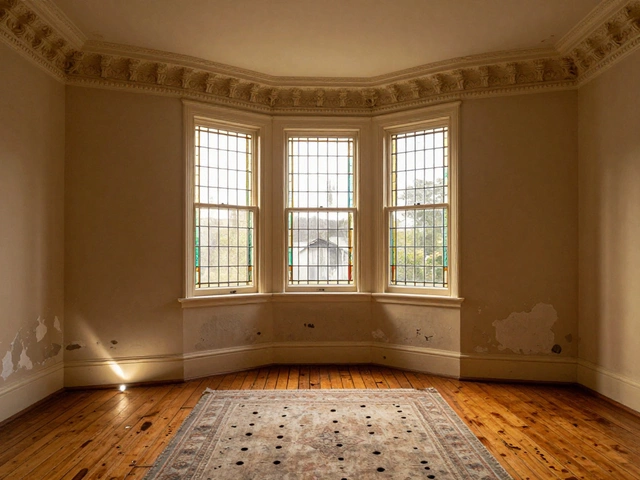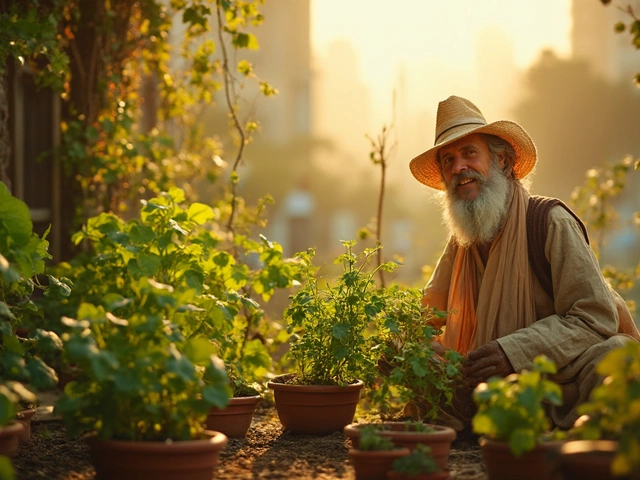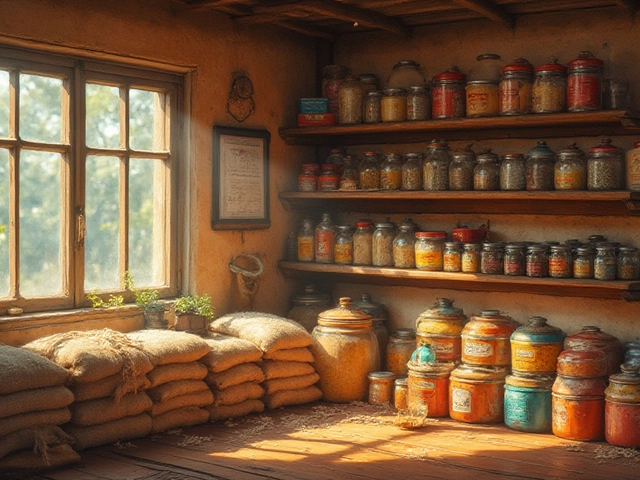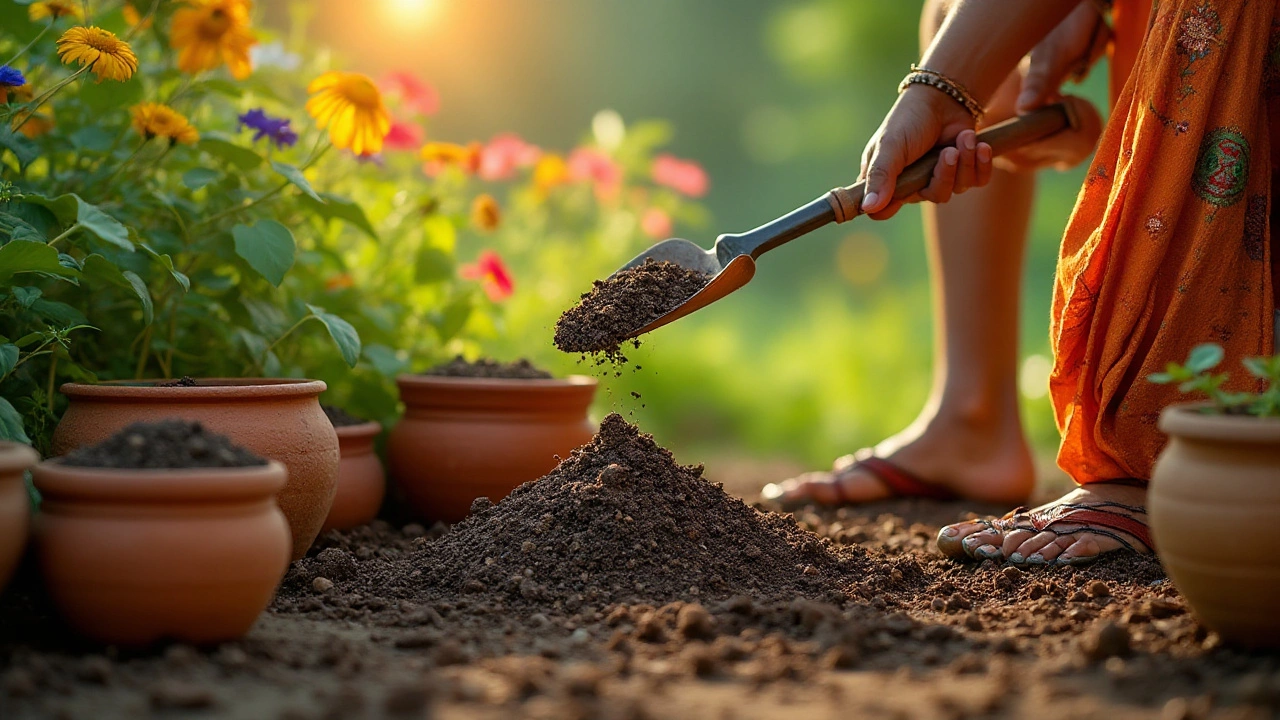Soil Compaction: What It Is and How to Fix It
Ever dug a hole and felt the soil resisting like a brick wall? That’s soil compaction – when tiny air pockets get squeezed out and the ground turns hard. Compacted soil blocks water, air, and root growth, leaving plants thirsty and stunted. The good news? You can break it up with a few easy tricks.
Why Compacted Soil Happens
Heavy foot traffic, a rain‑soaked garden, or using the wrong tools can press soil particles together. In Indian gardens, clay‑rich soils are especially prone because they stick together when wet. Over‑watering without proper drainage also adds weight that pushes soil down. When this happens, roots can’t spread and nutrients stay locked away.
Simple Ways to Loosen Your Soil
Start with organic matter. Mix in a couple of inches of well‑rotted compost or farmyard manure. It adds structure and gives microbes something to eat, creating tiny channels for air and water. If you have a large area, spread coarse sand or fine gravel (about 10‑15% of the soil volume) to improve drainage.
Another cheap fix is to use garden forks or a broad‑blade spade. Push the tool into the soil at a 45‑degree angle and rock it back and forth. Do this when the soil is damp but not soggy – that’s the sweet spot for breaking clumps without tearing roots. For bigger beds, rent a rotary tiller for an hour and work it in shallow layers.
Cover cropping is a long‑term win. Plant fast‑growing legumes like cowpea or mung bean for a season. Their roots pry the soil apart, and when you turn them into the ground, you add nitrogen‑rich organic matter. This method works great in the Indian monsoon zones where the soil gets compacted after heavy rains.
Don't forget mulching. A layer of straw, dried leaves, or shredded coconut husk protects the soil surface from crushing foot traffic and keeps moisture steady. Over time, the mulch breaks down, feeding the soil and keeping it fluffy.
When you notice water pooling on the surface, that's a red flag of compaction. Try a simple drainage test: dig a hole about 30 cm deep, fill it with water, and see how long it takes to disappear. If it stays for more than an hour, work in some coarse sand and organic matter.
For indoor plant lovers, repotting into a light, airy potting mix can save root health. Avoid dense garden soil in containers – it will compact quickly and choke houseplants.
Keep an eye on your garden after you’ve loosened the soil. Healthy roots will spread, leaves will turn greener, and you’ll see better yields on veggies like broccoli or tomato. If you’re still dealing with hard patches, repeat the amendment process every season.
Ready to tackle compacted soil? Grab a fork, some compost, and a bucket of sand, then give your garden the breath it needs. Your plants will thank you with stronger growth and bigger harvests.
Easy Ways to Loosen Compacted Soil Without Tilling
Compacted soil can be a significant hurdle in gardening, hindering the growth and health of your plants. Fortunately, there are effective methods to address this issue without resorting to tilling. This article explores the causes behind soil compaction and presents practical tools and techniques to rejuvenate your garden soil. You'll discover how organic matter, mulch, and strategic planting can promote healthy soil structure. Learn about the benefits of these practices to create a thriving garden environment.
About
Garden Tools
Latest Posts


What to Look for When Buying a Victorian Terrace
By Alden Thorne Dec 16, 2025

Longest Growing Vegetables for Your Balcony Garden
By Alden Thorne Feb 15, 2025

How Long Does Rice Last? Essential Stockpiling Tips for Long-Term Storage
By Alden Thorne Jul 5, 2025

